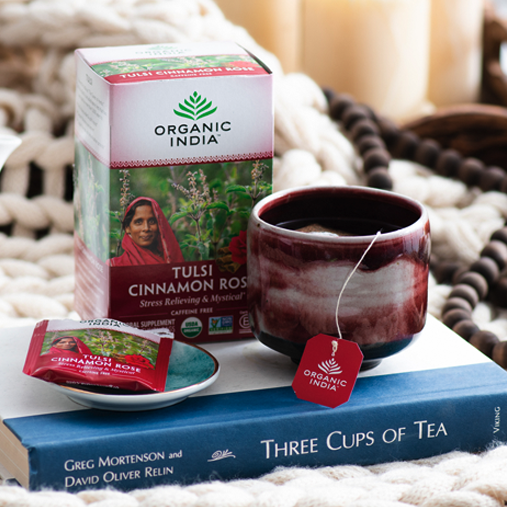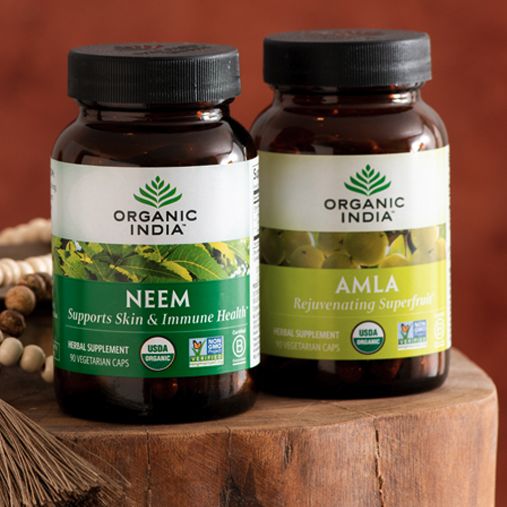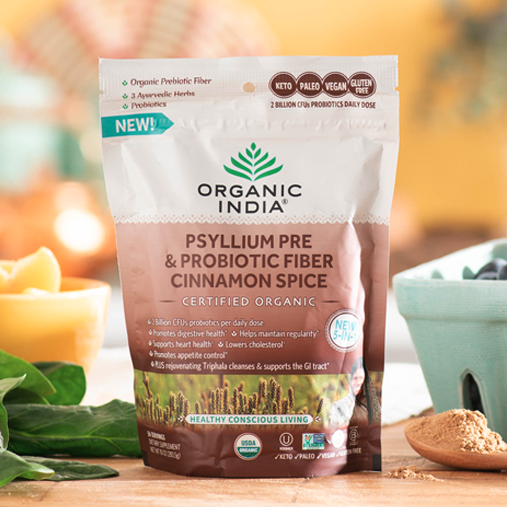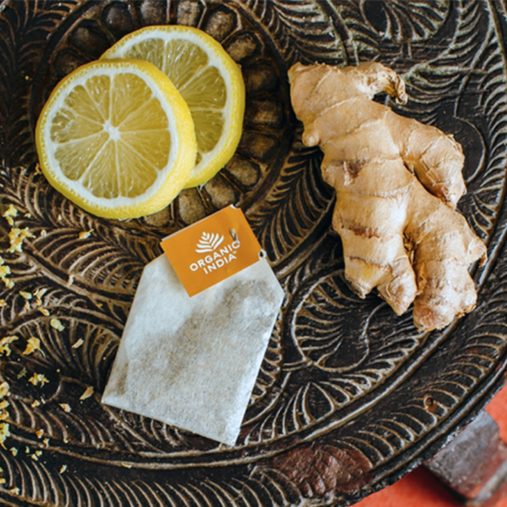Back
Superfood Ceylon Cinnamon: Not Your Grocery Store Spice
07/16/2021 |
Better World, Herbal Secrets, Recipes
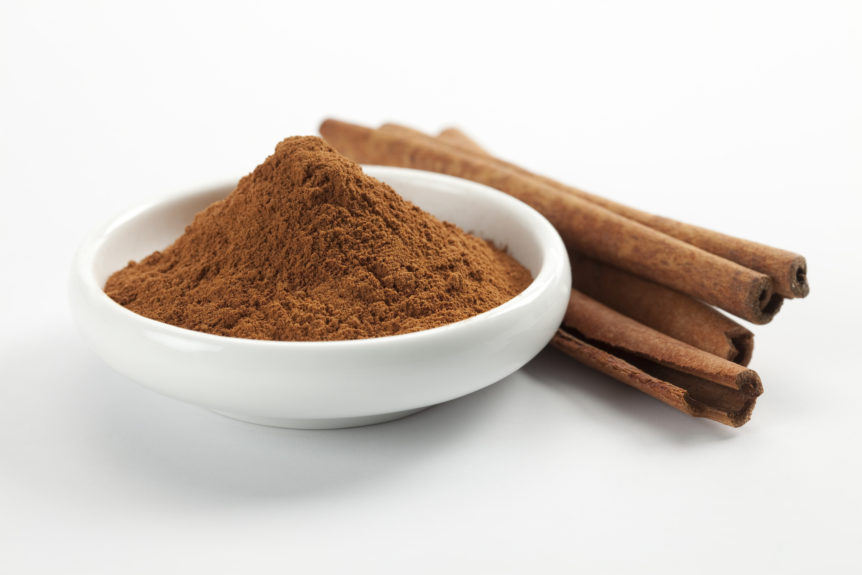
Most believe that the mass-market culinary cinnamon on grocery store shelves and in spice racks is the only type of cinnamon available. Known as “Cassia,” it has a similar flavor profile to what’s actually regarded as “true” cinnamon, a.k.a. Ceylon Cinnamon. But when comparing the two varieties and considering the medicinal value of each, there are significant differences.
The History of Ceylon Cinnamon
Ceylon, or “true cinnamon,” was once considered so valuable — a spice of such high culinary and medicinal quality — that wars were fought over it. Hailing from the island of Ceylon, present-day Sri Lanka, Ceylon’s medicinal uses can be traced to a time before the Christian Era, to Chinese records that date back to 2800 B.C. Trade routes drew it up and out of Sri Lanka, where it made its way across Asia to the Middle East and into Africa.

In the 15th century, the Arabs introduced Ceylon to Europe for a steep price and monopolized the trade. The spice’s value and exoticism soon transformed its appeal from medicinal and culinary use to political and economic control and power.
Eventually, Ceylon cinnamon became more valuable than gold and could only be possessed by those of the noble classes. It wasn’t long before the spice began attracting the Portuguese, British, and Dutch to the tiny island of its origin, which came to be known as “Cinnamon Country,” as cinnamon was the country’s main source of revenue. As time marched on, the Portuguese wrested the monopoly from the Arabs and enslaved the islanders to greatly expand Ceylon’s yield and profit. The Dutch swooped in next, strategically allied themselves with one of Sri Lanka’s kingdoms, and fought off the Portuguese. The Dutch monopoly was maintained until the British took overthrew it in 1796, and colonized the island soon after. But by then, Ceylon’s popularity had seen a significant decline, inspiring the British to begin cultivating trade crops such as coffee and tea.
Ceylon vs. Cassia Cinnamon
Although both Ceylon and Cassia have health benefits, Ceylon (Or Sri Lankan cinnamon) is considered superior. Notably, Ceylon Cinnamon is absolutely safe when used in large amounts, for example in the form of cinnamon supplements. High levels of a compound known as coumarin make Cassia less desirable. For most, using Cassia as a culinary spice is perfectly safe, but the superfood benefits of cinnamon come from the Ceylon variety. “True” (Ceylon) cinnamon has been found to be virtually coumarin free, as opposed to cinnamon powder of the cassia variety.
Additionally, ceylon and cassia cinnamon differ in terms of physical characteristics and properties. While cassia cinnamon sticks tend to be a dark brown, reddish color with a rougher texture, ceylon cinnamon sticks are lighter and more tan in color, containing thinner sticks with soft layers, making the quality and texture of ceylon much more desirable.
The taste of ceylon cinnamon is typically more delicate and mildly sweet in flavor, making it perfect for desserts and sweet treats. Cassia, on the other hand, has a much stronger flavor and aroma, making it more suitable for savory dishes.
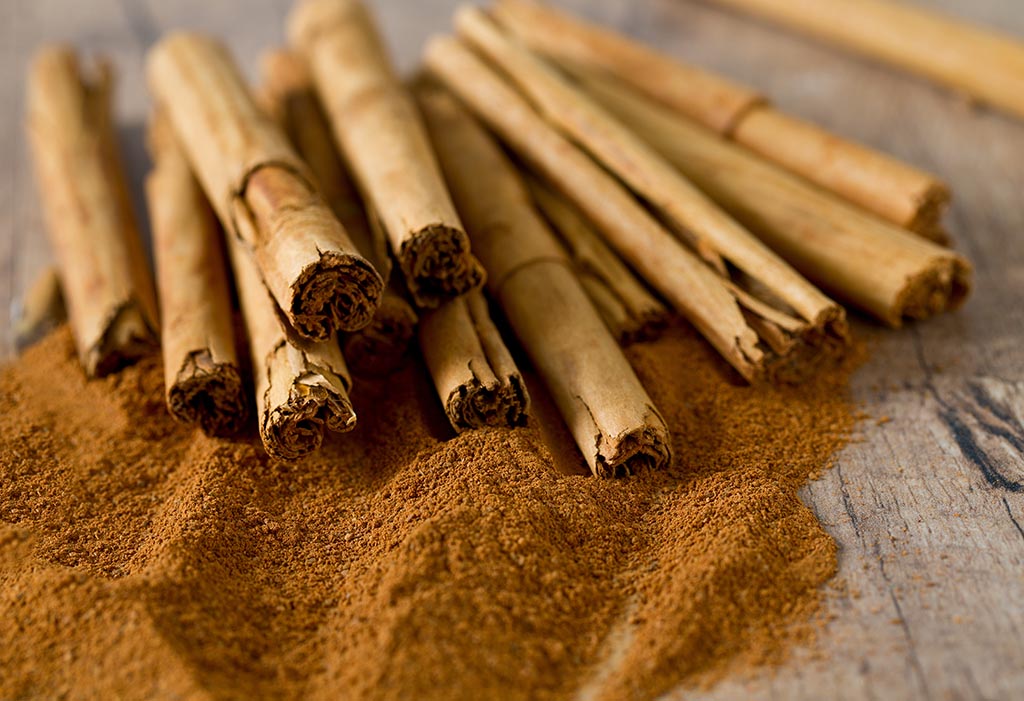
Ceylon Cinnamon as a Superfood
There are myriad reasons to use true cinnamon for treating ailments and improving health. Perhaps the most impressive of them all is the sheer number of antioxidants present in Ceylon: a whopping 41. This makes cinnamon among the most antioxidant-rich foods in the world. Antioxidants are crucial to defending the body against free radicals, harmful waste molecules produced by the cells as they filter out environmental, chemical, and other toxins.
Ceylon has also been lauded for its anti-inflammatory, anti-diabetic, antimicrobial, anticancer, lipid-decreasing, and cardiovascular-disease-lowering constituents.
Some other potential health benefits of ceylon cinnamon include:
According to a 2014 study by researchers Pasupuleti Visweswara Rao and Siew Hua Gan, “Cinnamon has also been reported to have activities against neurological disorders, such as Parkinson’s and Alzheimer’s diseases.”
Rao and Guan go on to list a wide range of medicinal uses for the plant, including treating toothaches, improving colon health, fighting bad breath, increasing blood circulation in the uterus, and advancing tissue regeneration, as well as treating Alzheimers and improving cognitive performance.
The Importance of Organic Cinnamon
Factored into any Ceylon purchasing decision should be the importance of opting for a product that’s certified organic. When it comes to spices, there’s more to the organic designation than just being free of pesticides. By law, any spice imported to the US must be subjected to one of three sterilization methods: fumigation with ethylene oxide, irradiation, or steaming (where steam from scalding water destroys bacteria). Steaming is the only permitted sterilization process for certified organic products.
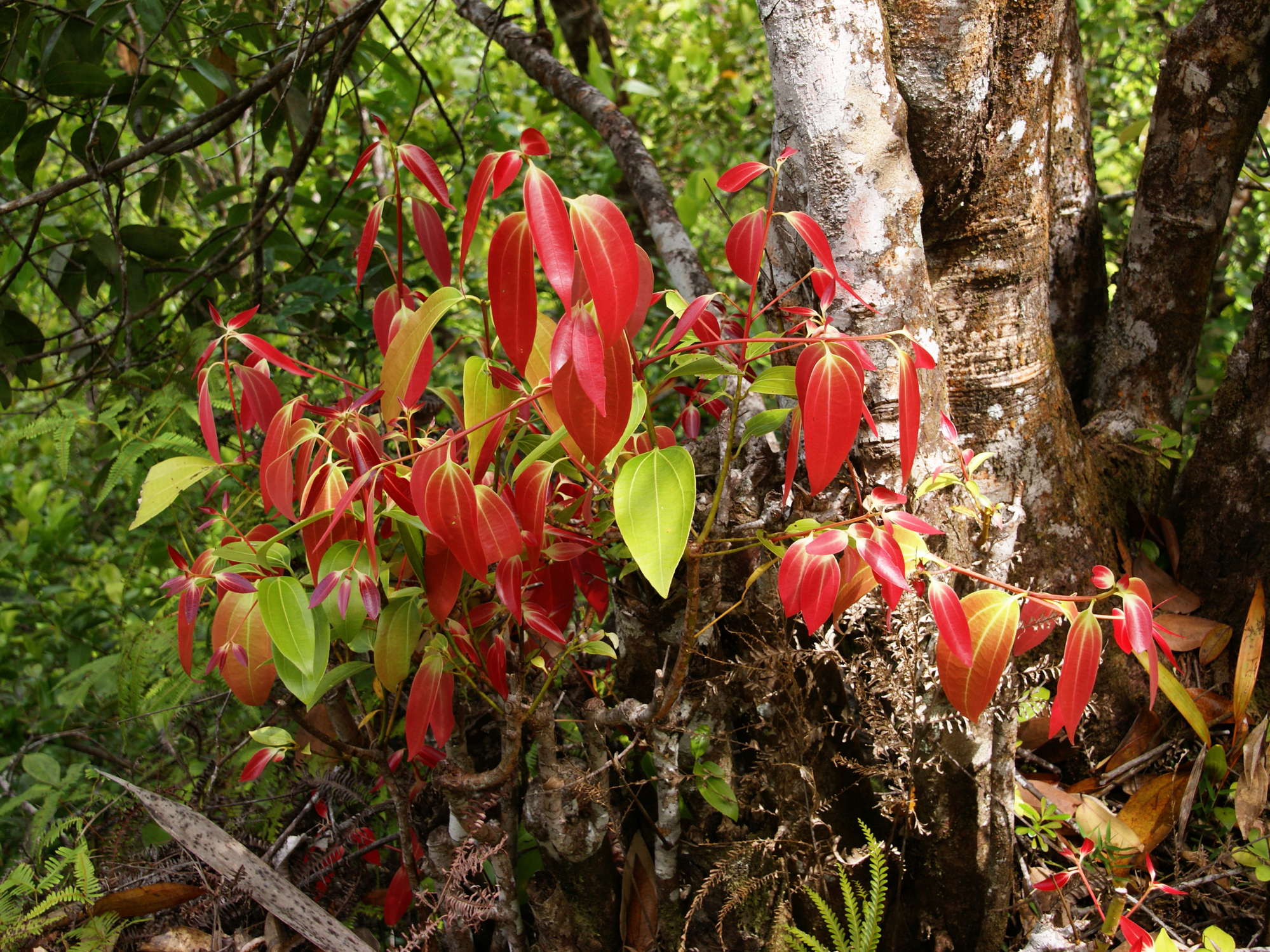
So enjoy Organic Ceylon Cinnamon as a dietary supplement, in beverages, and in recipes with the knowledge of its benefits as a true superfood.
Disclaimer: This content is not intended to provide diagnosis, treatment or medical advice. Content provided on this site for informational purposes only.
